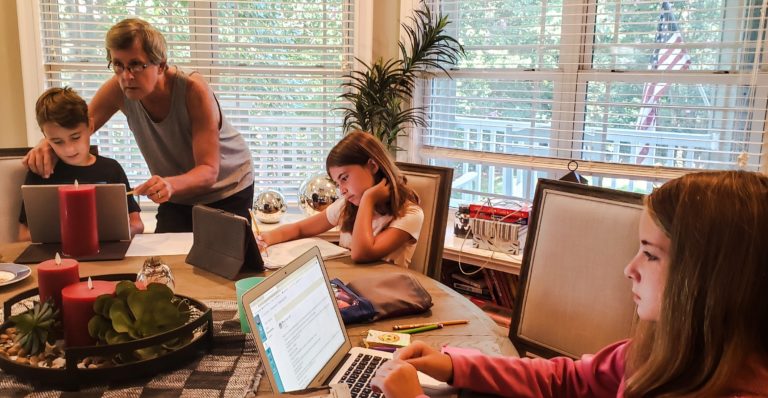Your Guide on How Long to Homeschool Kindergarten – Key Tips
Homeschooling kindergarten brings up a big question for many of us parents: Just how long should it be? 🤔📆
As a fellow homeschooler, I totally get why finding the perfect length for your little one’s learning day is super important.
In this guide, I’ll be dishing out some key tips and insights to help you figure out just the right amount of homeschooling time for kindergartners.
We’ll chat about the recommended time commitment, what the average day looks like, and all those important factors to keep in mind. 📝👀
So, let’s dive in and find that sweet spot for your child’s homeschool day! 🍏
Key Takeaways:
- Consider the recommended time commitment for homeschooling kindergarten.
- Understand the average duration of kindergarten homeschooling.
- Take into account the factors that may influence the length of homeschooling for your child.
- Flexibility is key – adjust the duration based on your child’s needs and progress.
- Remember that homeschooling kindergarten is a personalized journey, so find the duration that works best for your family.
How to Homeschool Kindergarten

Homeschooling kindergarten can be a rewarding and enriching experience for both you and your child.
However, it does require careful planning and preparation. Here are some essential steps to help you get started and make the most of your homeschooling journey.
Finding Resources
One of the first things you’ll need to do is gather the necessary resources for your kindergarten curriculum.
Look for age-appropriate textbooks, workbooks, and online educational platforms that align with your educational goals.
You can also explore local libraries and educational websites for free learning materials.
Creating a Schedule
Establishing a structured schedule is key to ensuring a productive homeschooling environment.
Set a daily routine that includes designated study time, breaks, and extracurricular activities.
Remember to be flexible and adapt the schedule based on your child’s needs and learning style.
Implementing Effective Teaching Methods
When it comes to teaching kindergarten at home, it’s important to utilize effective teaching methods that cater to your child’s learning style.
Incorporate hands-on activities, games, and interactive lessons to make learning fun and engaging.
Don’t be afraid to experiment with different approaches until you find what works best for your child.
By following these steps and incorporating your own creativity and passion for teaching, you can create a positive and successful homeschooling experience for your kindergartener.
What Schedule is Best for a Kindergartener?
Establishing a suitable schedule is crucial for homeschooling kindergarten.
As a parent, it’s important to consider your child’s unique needs and preferences when designing a schedule that works best for them.
Here are some factors to consider when determining the optimal homeschooling kindergarten schedule:
1. Morning vs. Afternoon Homeschooling
One of the first decisions to make is whether to homeschool in the morning or afternoon.
Some children are more alert and focused in the morning, while others may thrive academically in the afternoon.
Observe your child’s natural energy levels and concentration patterns to determine the best time for homeschooling.
2. Number of Days per Week
Another consideration is the number of days per week dedicated to homeschooling kindergarten.
While some families prefer a traditional five-day schedule, others opt for a more flexible approach with fewer days.
Consider your family’s commitments, your child’s attention span, and the pace of the curriculum to determine the ideal number of homeschooling days per week.
3. Subject Allocation
When planning the schedule, it’s important to allocate specific time slots for each subject. This will help ensure a balanced education and prevent overwhelm.
Consider your child’s strengths and areas of improvement, as well as any state requirements, when determining how much time to dedicate to each subject.
Remember, flexibility is key when it comes to homeschooling kindergarten. Be prepared to adjust the schedule as needed to accommodate your child’s progress and evolving interests.
The goal is to create a schedule that fosters a love for learning while providing structure and consistency.
What Subjects Are Taught in Kindergarten?

When homeschooling kindergarten, it’s important to cover a range of subjects to provide a well-rounded education for your child.
Here are the typical subjects taught in homeschooling kindergarten:
- Math: Introduce basic math concepts such as counting, number recognition, shapes, and patterns.
- Language Arts: Develop reading and writing skills through phonics, sight words, and storytelling.
- Science: Explore the natural world through hands-on experiments, nature studies, and basic scientific concepts.
- Art: Encourage creativity and self-expression through various art activities like drawing, painting, and sculpting.
- Physical Education: Promote physical fitness and motor skills development through active play, games, and exercises.
These subjects form the core of the kindergarten homeschooling curriculum.
However, as a homeschooling parent, you have the flexibility to incorporate additional subjects based on your child’s interests and state requirements.
For example, you may choose to include social studies, music, foreign languages, or computer skills as part of your child’s kindergarten education.
By covering these subjects, you can provide a comprehensive and engaging learning experience for your kindergartener, setting a strong foundation for their future academic success.
Kindergarten Learning Objectives
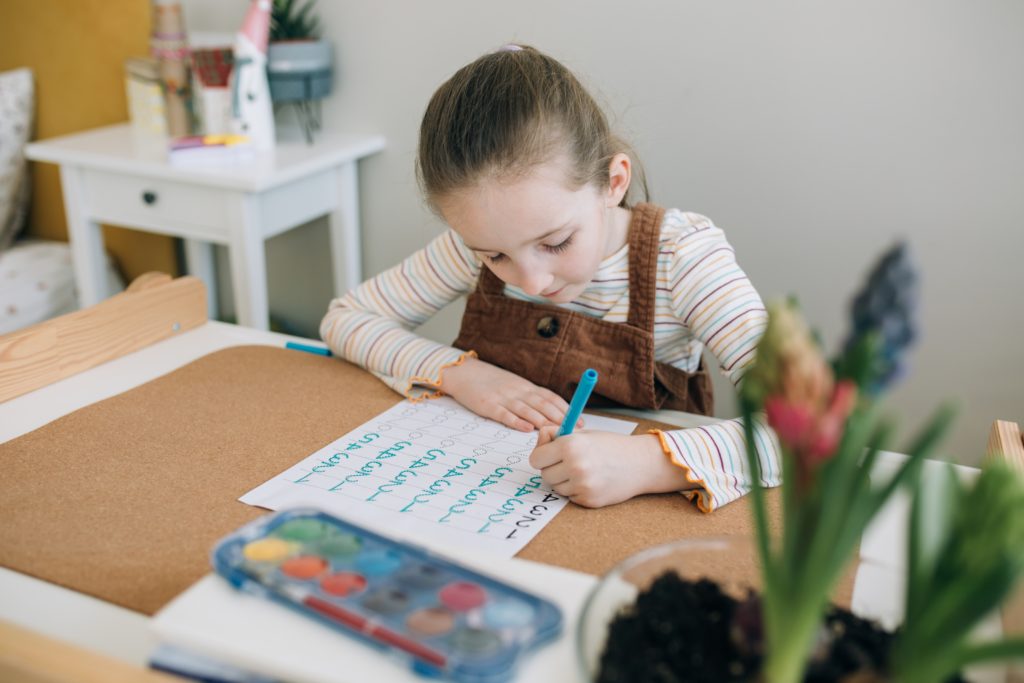
As homeschooling parents, it’s important to have a clear understanding of the learning objectives for kindergarten.
These objectives serve as a guide to ensure that our children are meeting age-appropriate milestones and gaining the necessary skills for future academic success.
Here are some key kindergarten learning objectives to keep in mind:
- Reading and Literacy Skills: Kindergarteners should be able to recognize and name all uppercase and lowercase letters, identify letter sounds, and understand basic phonics concepts. They should also be able to recognize and read simple sight words and begin to decode short words.
- Mathematical Concepts: In kindergarten, children should develop number sense and basic math skills. This includes counting to 100, recognizing and writing numbers up to 20, understanding concepts of addition and subtraction, and identifying basic shapes and patterns.
- Language Development: Kindergarteners should be able to express themselves through spoken language, use complete sentences, and engage in conversations with others. They should also demonstrate an understanding of basic grammar and vocabulary.
- Social and Emotional Skills: Developing social and emotional skills is an important part of kindergarten. Children should learn to share, take turns, cooperate with others, and manage their emotions. They should also begin to develop empathy and demonstrate positive behavior.
Keep in mind that these are just some of the key learning objectives for kindergarten. Each child is unique and may progress at their own pace.
It’s important to create a nurturing and supportive learning environment that allows your child to grow and develop according to their individual needs and abilities.
Reading Book List for Kindergarten

Reading is a fundamental skill that lays the foundation for a child’s educational journey.
In kindergarten, it’s important to introduce children to a variety of books that capture their imagination, enhance their vocabulary, and foster a love for reading.
Here is a curated book list of recommended titles for homeschooling kindergarteners:
Picture Books:
- Goodnight Moon by Margaret Wise Brown
- The Very Hungry Caterpillar by Eric Carle
- Corduroy by Don Freeman
- Where the Wild Things Are by Maurice Sendak
- Harold and the Purple Crayon by Crockett Johnson
Early Readers:
- Frog and Toad Are Friends by Arnold Lobel
- Green Eggs and Ham by Dr. Seuss
- Elephant & Piggie Series by Mo Willems
- The Cat in the Hat by Dr. Seuss
- Biscuit Series by Alyssa Satin Capucilli
These books are not only entertaining but also provide valuable learning opportunities.
Encourage your kindergartener to explore different genres, from fairy tales to non-fiction books about animals or the world around them.
Remember to make reading a daily habit and engage your child in discussions about the stories they read.
Reading together will not only strengthen their reading skills but also create precious bonding moments and a lifelong love for books.
Tips and Ideas for Homeschooling Kindergarten
Homeschooling kindergarten can be an exciting and fulfilling experience for both parents and children.
As you embark on this educational journey, here are some practical tips and creative ideas to make the most of your homeschooling adventure:
- Create a structured routine: Establish a daily schedule that incorporates consistent learning time, playtime, and breaks. This will help your kindergartener develop a sense of routine and make it easier to manage their time effectively.
- Utilize hands-on activities: Engage your child’s curiosity and love for learning by incorporating hands-on activities into your lessons. Experiment with science experiments, art projects, and sensory play to make learning interactive and enjoyable.
- Take learning outdoors: Explore the world around you by going on educational field trips or nature walks. Encourage your child to observe and ask questions about their surroundings. This hands-on approach to learning can be an enriching experience for your kindergartener.
- Encourage independent exploration: Foster your child’s independence and curiosity by providing them with opportunities to explore topics of interest on their own. Set up a dedicated learning corner with books, puzzles, and educational apps that your kindergartener can explore independently.
Remember, homeschooling kindergarten allows for flexibility and customization to suit your child’s unique learning needs and interests.
Embrace the freedom to tailor your curriculum, teaching methods, and pace of learning to create a meaningful and engaging educational experience for your kindergartener.
Time4Learning – A Helpful Resource for Kindergarten Homeschooling

When it comes to homeschooling kindergarten, having the right curriculum and resources can make all the difference in creating a successful learning experience for your child.
One valuable resource that parents can consider is Time4Learning.
Time4Learning is an online homeschooling curriculum that offers comprehensive lesson plans, interactive activities, and customizable schedules tailored to meet the needs of kindergarteners.
With Time4Learning, parents have access to a wide range of subjects, including math, language arts, science, and more.
Each lesson is designed to engage young learners through interactive games, videos, and hands-on activities.
The curriculum is aligned with national standards, ensuring that your child receives a well-rounded education.
One of the key advantages of using Time4Learning is the flexibility it provides. Parents can easily customize their child’s schedule to fit their unique needs and preferences.
Whether you prefer a structured daily routine or a more flexible approach, Time4Learning allows you to create a learning environment that works best for your family.
Benefits of Time4Learning for Kindergarten Homeschooling:
- Comprehensive curriculum covering core subjects
- Interactive lessons and activities that engage young learners
- Customizable schedules to fit your family’s needs
- Alignment with national standards to ensure a well-rounded education
- Access to a supportive online community of homeschooling parents
By using Time4Learning as a teaching tool for your kindergarten homeschooling journey, you can feel confident that your child is receiving a quality education while enjoying the flexibility and convenience of online learning.
So why not give Time4Learning a try and see how it can enhance your child’s homeschooling experience?
Duration of a Homeschooling Day for Kindergarteners
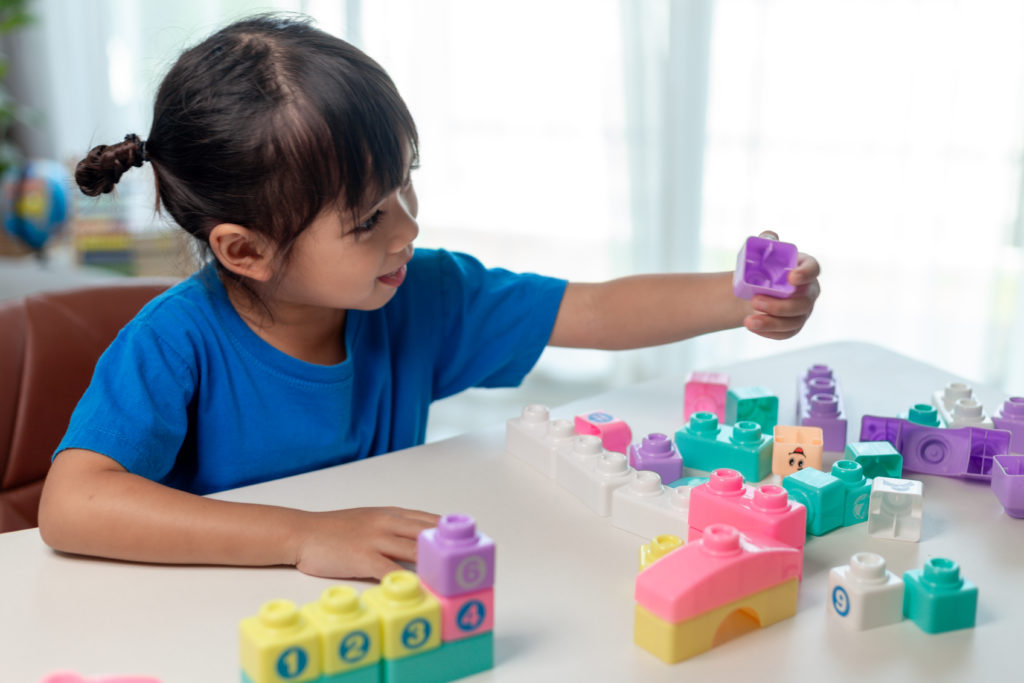
When homeschooling kindergarten, it’s important to find the right balance in terms of the duration of your child’s daily lessons.
Kindergarteners have shorter attention spans compared to older children, so keeping their learning sessions concise and engaging is key.
Based on recommendations, a suggested duration for a homeschooling day for kindergarteners is between 1 to 2 hours.
However, it’s important to note that this suggested duration may vary depending on various factors such as your child’s individual needs, state requirements, and the subjects you’re covering.
Some kindergarteners may be able to handle longer learning sessions, while others may need shorter, more frequent breaks.
To structure your homeschooling day effectively, consider dividing the day into smaller time blocks for different subjects.
For example, you can allocate 30 minutes for math, 30 minutes for language arts, and another 30 minutes for science or art.
This way, you can ensure a balanced curriculum while keeping the lessons engaging and manageable for your kindergartener.
Tips for structuring the homeschooling day for kindergarteners:
- Start with a short morning meeting to establish a routine and set goals for the day.
- Break up the lessons into smaller time blocks to maintain focus and avoid overwhelming your child.
- Incorporate hands-on activities and interactive learning experiences to make the lessons more enjoyable.
- Allow for movement breaks or outdoor playtime to keep your child engaged and energized.
- Consider your child’s unique interests and incorporate activities that align with their passions.
- End the day with a recap or reflection session to reinforce what your child has learned.
Remember, the length of the homeschooling day for kindergarteners should be flexible and adjusted according to your child’s needs.
It’s essential to prioritize quality over quantity and create a positive and nurturing environment for your kindergartener’s educational journey.
Homeschooling Schedule for Other Grade Levels
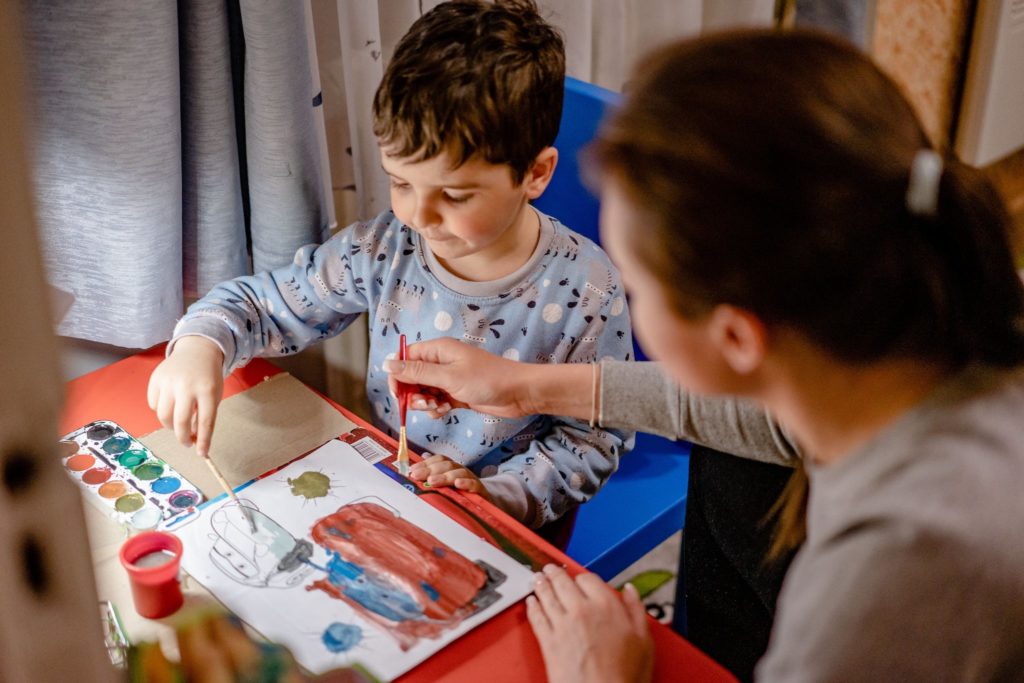
While this article primarily focuses on homeschooling kindergarten, it’s important to consider how the duration of homeschooling varies across different grade levels.
Each grade level has its unique demands and requirements, and as parents, we need to tailor our homeschooling schedules accordingly.
Preschool:
- Preschool homeschooling typically involves short, engaging activities that promote social, emotional, and cognitive development.
- A homeschooling schedule for preschoolers may consist of 1 to 2 hours of structured learning time per day, complemented by free play and hands-on activities.
Elementary School:
- In elementary school, homeschooling schedules become more structured and comprehensive, covering a range of subjects.
- Depending on the curriculum and state requirements, a homeschooling schedule for elementary school students may span 3 to 4 hours per day, including breaks.
- It’s important to prioritize core subjects like math, language arts, and science while allowing time for enrichment activities such as art, music, and physical education.
Middle School and High School:
- As students progress to middle school and high school, homeschooling schedules become more similar to traditional school schedules.
- A typical homeschooling schedule for middle school and high school students may involve 4 to 6 hours of instruction per day, reflecting the increased academic workload.
- Subjects become more specialized, including advanced math, literature, foreign languages, and elective courses.
- It’s essential to establish a consistent routine and dedicate time for independent study, research, and project-based learning.
Remember that these suggested schedules can be customized to suit your child’s learning pace and interests.
Flexibility is one of the key advantages of homeschooling, allowing you to adapt your schedule based on your child’s needs and learning style.
Tips for Managing Homeschooling Hours
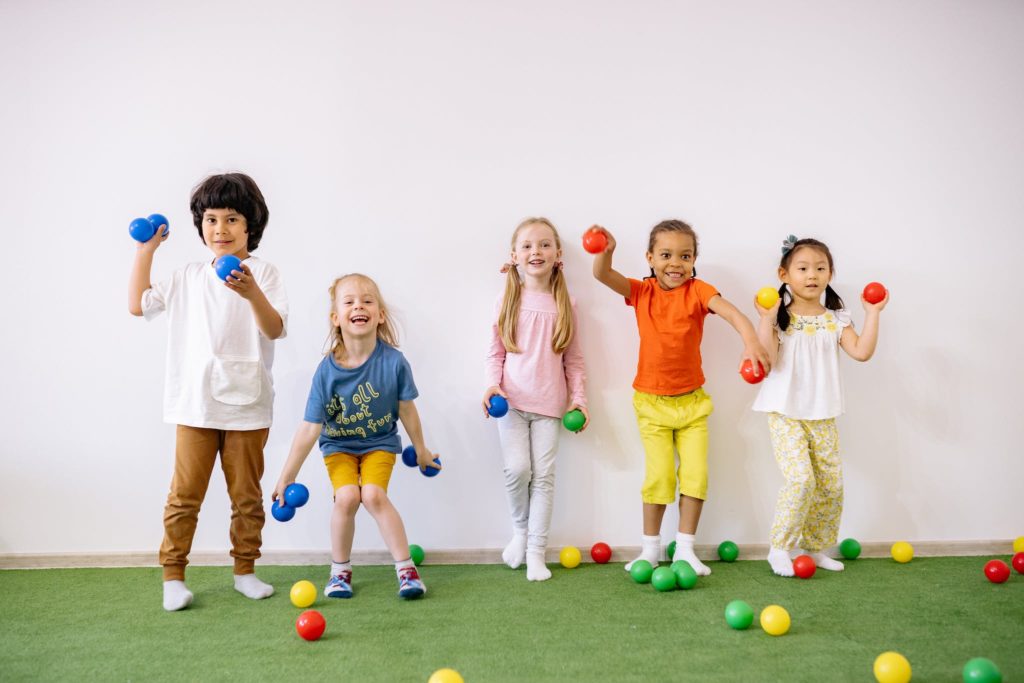
Managing homeschooling hours effectively is essential for a successful homeschooling journey.
As a homeschooling parent, I have discovered several helpful tips that can help you balance instructional time and ensure a productive learning environment for your child.
Here are some homeschooling time management tips:
1. Set a Flexible Schedule
Creating a flexible schedule is key to managing homeschooling hours.
While consistency is important, it’s also necessary to allow for adaptability.
Consider your child’s natural rhythm and energy levels, and schedule the most challenging subjects during their most focused times of the day.
Flexibility will allow you to optimize learning and create a stress-free environment.
2. Allocate Breaks and Active Time
Children, especially kindergarteners, benefit from frequent breaks and physical activity.
Incorporate short breaks between subjects to allow your child to recharge.
Encourage movement and exercise during these breaks to help them stay engaged and focused during learning sessions.
Additionally, consider incorporating active learning activities that combine movement with educational content to make learning interactive and enjoyable.
3. Utilize Technology and Online Resources
Technology can be a valuable tool in managing homeschooling hours.
Take advantage of educational apps, online resources, and interactive learning platforms like Time4Learning.
These resources can provide engaging lessons, track progress, and even automate grading, saving you time and effort.
However, remember to set limits on screen time and ensure that technology is used as a supplement to hands-on learning experiences.
By implementing these tips, you’ll be able to effectively manage homeschooling hours and create a balanced and enriching learning environment for your kindergartener.
Remember, the key is to find a rhythm that works best for your child and family, while prioritizing their well-being and educational goals.
Embrace the Flexibility of Homeschooling Kindergarten
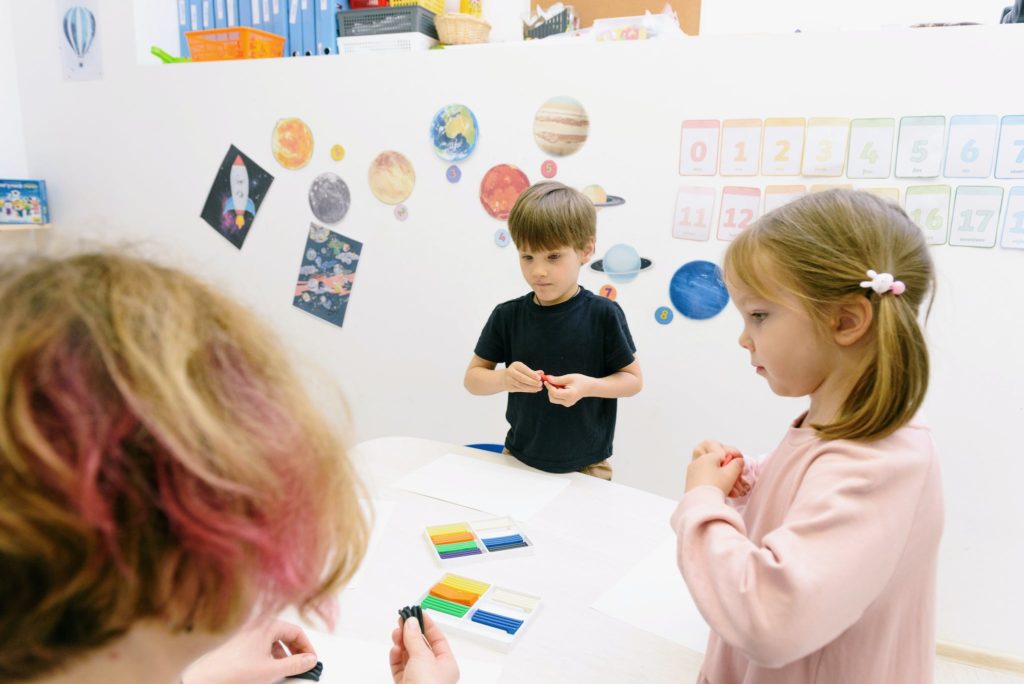
When it comes to homeschooling kindergarten, one of the greatest advantages is the flexibility it offers.
As a parent, I have found that embracing this flexibility not only enhances my child’s learning experience but also allows us to create a truly personalized educational journey.
One of the key benefits of homeschooling kindergarten is the ability to tailor instruction to suit your child’s unique needs.
Whether your little one is a quick learner or requires additional support, you have the freedom to adjust the pace of learning accordingly.
This individualized approach ensures that they grasp concepts thoroughly and build a strong foundation for future academic success.
Another advantage of homeschooling kindergarten is the freedom to explore your child’s interests and passions.
Traditional classrooms may have limitations when it comes to incorporating specialized topics or activities, but as a homeschooling parent, you can integrate subjects that ignite your child’s curiosity.
Whether it’s diving deeper into science experiments or delving into art and music, the flexibility of homeschooling allows you to nurture their talents and interests fully.
Furthermore, the flexible nature of homeschooling kindergarten enables you to create a schedule that works best for your family’s lifestyle.
You have the freedom to choose the most optimal learning times and adapt the duration of each session to your child’s attention span.
This flexibility not only ensures that your child remains engaged and motivated but also allows for a healthy balance between structured learning and unstructured playtime.
FAQ
How long should I homeschool kindergarten each day?
The recommended duration for homeschooling kindergarten is 1 to 2 hours per day. However, it’s important to consider your child’s attention span and state requirements when determining the optimal length of each homeschooling session.
What subjects should I teach in homeschooling kindergarten?
The typical subjects taught in homeschooling kindergarten include math, language arts, science, art, and physical education. You have the flexibility to incorporate additional subjects based on your child’s interests and state requirements.
What are the key learning objectives for homeschooling kindergarten?
Kindergarteners are expected to achieve various learning objectives, such as understanding the parts of a book, identifying letters and their sounds, and developing basic math skills. Setting and tracking educational goals is crucial for homeschooling kindergarten.
Can you recommend any books for kindergarteners?
Yes! Some recommended books for kindergarteners include classics like “Goodnight Moon” and “Corduroy.” Daily reading is essential for enhancing vocabulary, comprehension, and communication skills.
How can I make homeschooling kindergarten enjoyable?
To make homeschooling kindergarten a memorable experience, you can schedule plenty of playtime, go on educational field trips, and incorporate hands-on activities. Keeping learning engaging and fun is key to a successful homeschooling journey.
Is there a resource that can support my homeschooling journey in kindergarten?
Yes, Time4Learning is a valuable resource for homeschooling kindergarten. It offers comprehensive lesson plans, customizable schedules, and interactive lessons that can help support your homeschooling success.
How do I structure the homeschooling day for kindergarteners?
It’s recommended to establish a schedule that includes morning or afternoon homeschooling, determines the number of days per week, and allocates time for each subject. Flexibility is important to accommodate your child’s unique needs and preferences.
How does homeschooling duration vary across different grade levels?
While this article primarily focuses on homeschooling kindergarten, the duration of homeschooling varies across different grade levels. Preschool may have shorter sessions, while elementary school, middle school, and high school may require longer hours of instruction.
How can I effectively manage homeschooling hours?
Balancing instructional time, incorporating breaks, utilizing technology, and setting goals are essential for managing homeschooling hours. Prioritizing the quality of learning over quantity and adapting to your child’s needs are key factors for success.
What are the benefits of homeschooling kindergarten?
Homeschooling kindergarten offers the unique advantage of flexibility, personalized instruction, individualized pace, and the freedom to explore your child’s interests. Embracing this flexibility while keeping your child’s educational goals and well-being in mind can lead to a rewarding homeschooling experience.


